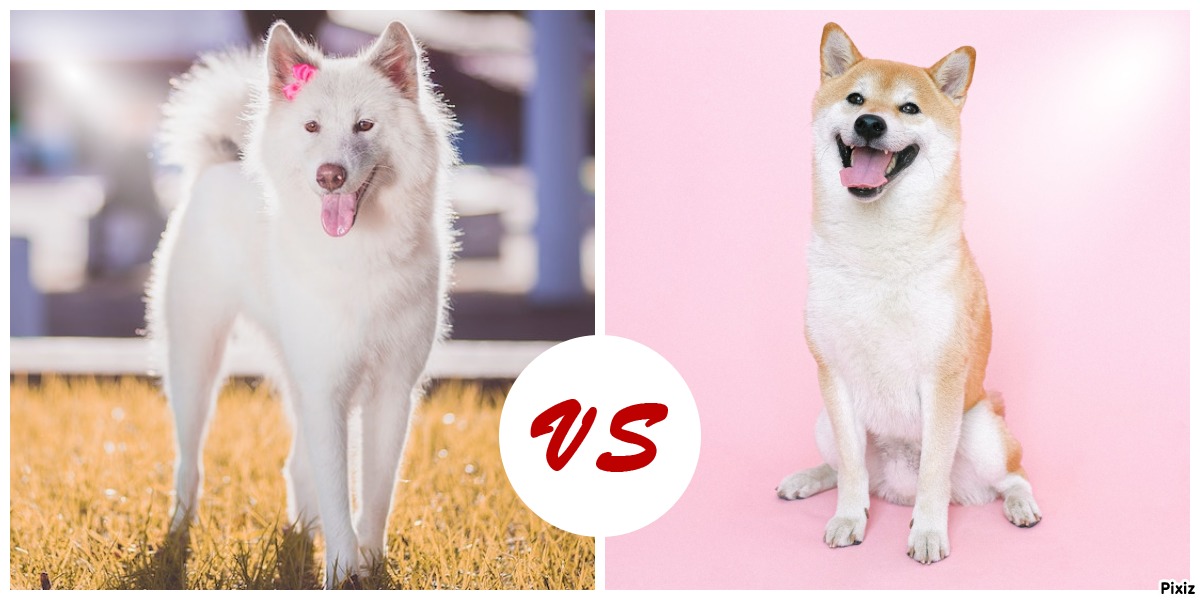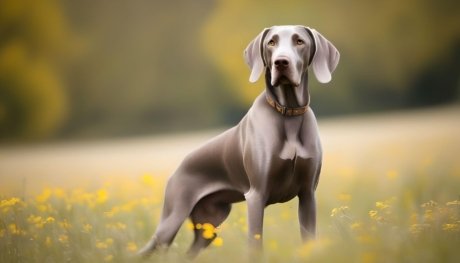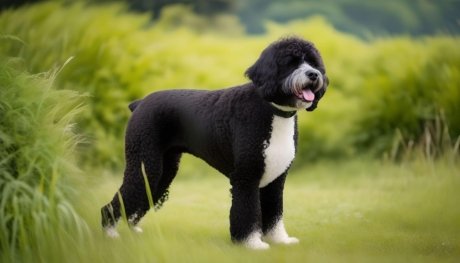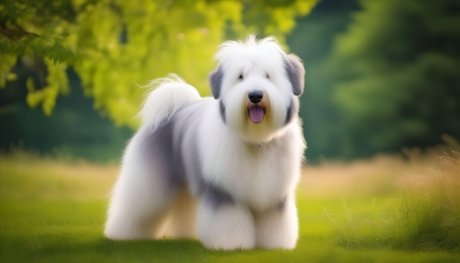Akita Vs Shiba Inu (2023) | Comparision between Two Popular Dog Breeds
Akita and Shiba Inu are two popular dog breeds originating from Japan. Both breeds share some similarities but also possess distinct characteristics that set them apart. In this article, we will compare and contrast Akita and Shiba Inu, highlighting their origins, physical attributes, temperament, training requirements, and suitability as pets. By understanding the unique qualities of each breed, you can make an informed decision when choosing between an Akita and a Shiba Inu as your furry companion.
Akita Vs Shiba Inu
Key differences between Akitas and Shiba Inus, Two popular Dog Breeds:
| Comparison Factors | Akita | Shiba Inu |
|---|---|---|
| Origin | Japan | Japan |
| Size | Large | Small to medium |
| Coat Type | Double coat, thick | Double coat, thick |
| Coat Colors | Various, commonly brindle, white | Red, sesame, black and tan |
| Temperament | Loyal, dignified, aloof | Independent, spirited |
| Trainability | Moderately trainable | Moderately trainable |
| Activity Level | Moderate | Moderate to high |
| Grooming Needs | Moderate | Moderate |
| Health Concerns | Hip dysplasia, progressive retinal atrophy | Luxating patella, allergies |
| Suitability for Families | Good family dogs | Good family dogs |
| Compatibility with Other Pets | May have dominance tendencies | May be reserved with other dogs |
| Guarding Abilities | Good guarding instincts | Alert, may bark at strangers |
| Adaptability to Climate | Adapts well to different climates | Adapts well to different climates |
| Popularity | Popular | Popular |
| Average Price Range (India) | ₹50,000 – ₹1,50,000 | ₹30,000 – ₹80,000 |
1. Origins
Akita:
The Akita breed originated in the mountainous regions of northern Japan. Initially bred for hunting large game, such as bears and boars, the Akita is a powerful and sturdy dog with a rich history. They were also considered symbols of good health, happiness, and longevity in Japanese culture.
Shiba Inu:
The Shiba Inu, on the other hand, is the oldest and smallest of the Japanese native breeds. They were initially used for hunting small game in the dense forests of Japan. Shiba Inus are believed to have ancient origins, dating back thousands of years.
2. Physical Attributes
Akita:

Akita dogs are large and robust, with males typically weighing between 100-130 pounds (45-59 kg) and females weighing between 70-100 pounds (32-45 kg). They have a strong, muscular build, a thick double coat, and a curled tail. The Akita’s head is broad, and they have triangular-shaped eyes that exude an alert and intelligent expression.
Shiba Inu:
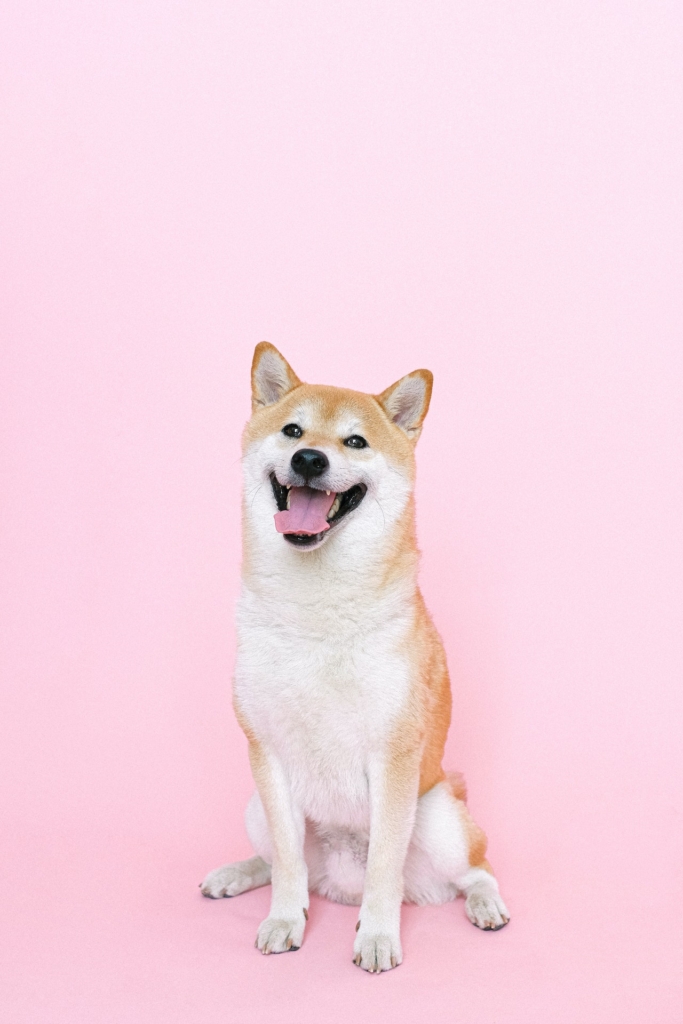
Shiba Inus are relatively smaller compared to Akitas, with males weighing around 23 pounds (10 kg) and females weighing around 17 pounds (8 kg). They have a compact and well-muscled body. Their coat is double-layered, with a straight, stiff outer coat and a soft undercoat. Shiba Inus have a curled or sickle-shaped tail that adds to their charm.
3. Temperament
Akita:
Akitas are known for their loyalty and strong protective instincts. They are often reserved and aloof with strangers, making them excellent guard dogs. Akitas can be gentle and affectionate with their family members but may display dominance and require consistent training and socialization from an early age.
Shiba Inu:
Shiba Inus have a spirited and independent nature. They are often described as bold, confident, and sometimes even a bit stubborn. While they form strong bonds with their family, they may be reserved with strangers. Shiba Inus are known for their cat-like cleanliness and self-grooming habits.
4. Training and Exercise
Akita:
Akitas are intelligent but can be strong-willed. They require firm and consistent training using positive reinforcement techniques. Early socialization is essential to ensure they grow into well-mannered adults. Akitas have moderate exercise needs and benefit from regular walks and mental stimulation.

Shiba Inu:
Shiba Inus are intelligent and have an independent streak, which can make training challenging. They respond best to positive reinforcement and consistent training methods. Early socialization is crucial to prevent behavioural issues. Shiba Inus require daily exercise, including walks, playtime, and mental stimulation.
5. Grooming and Maintenance
Akita:
Akitas have a thick double coat that requires regular brushing to prevent matting and to remove loose fur. They shed heavily twice a year, during which more frequent brushing is necessary. Akitas are generally clean dogs and do not have a strong odour.
Shiba Inu:
Shiba Inus have a dense double coat that also requires regular brushing to maintain its condition. They shed moderately throughout the year and experience heavier shedding during seasonal changes. Shiba Inus are meticulous self-groomers and have minimal doggy odor.

6. Health Considerations
Akita:
Akitas are generally healthy dogs but can be prone to certain health issues such as hip dysplasia, progressive retinal atrophy (PRA), hypothyroidism, and autoimmune disorders. Regular veterinary check-ups, a balanced diet, and exercise can help maintain their overall health and well-being.
Shiba Inu:
Shiba Inus are generally healthy dogs with a few breed-specific health concerns. These may include hip dysplasia, patellar luxation, allergies, and certain eye conditions. Routine veterinary care, a nutritious diet, and regular exercise are vital for their overall health.
7. Suitability as Pets
Akita:
Akitas are best suited for experienced dog owners who can provide consistent training, socialization, and a secure environment. They are loyal and protective, making them excellent family companions. However, due to their size and strong protective instincts, they may not be suitable for households with small children or other pets.
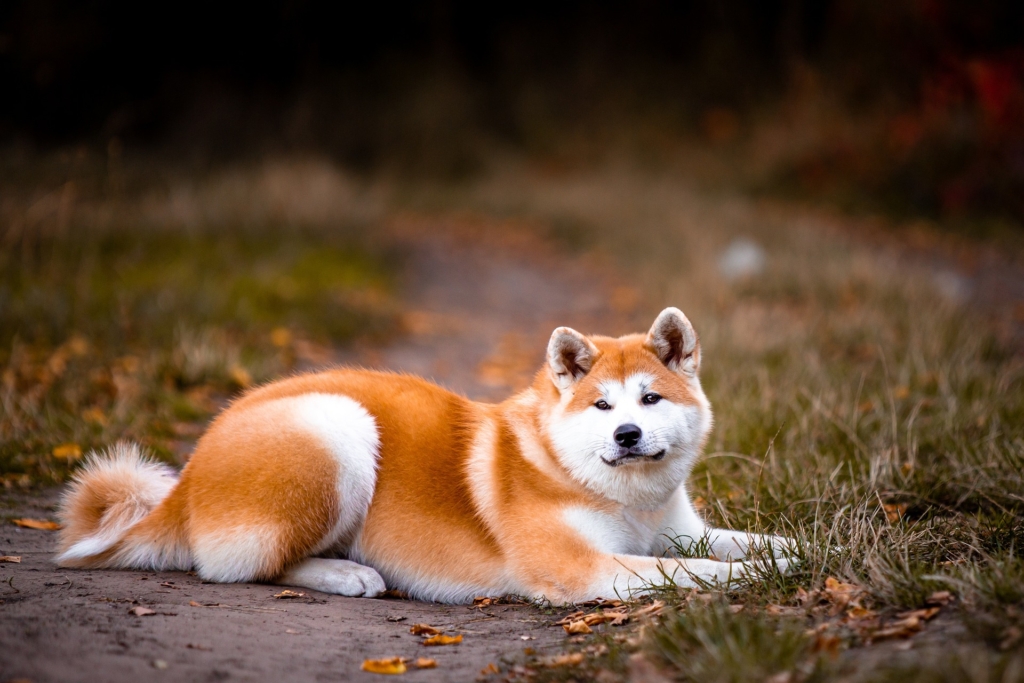
Shiba Inu:
Shiba Inus are suitable for individuals or families who appreciate an independent and spirited dog. They are loyal to their families but may require early socialization and training to prevent unwanted behaviours. Shiba Inus can adapt well to various living situations, including apartments, as long as their exercise and mental stimulation needs are met.
Akita vs Shiba Inu: A Summary
In summary, both Akita and Shiba Inu are fascinating and unique dog breeds with their own set of characteristics. Akitas are larger, more protective, and require experienced owners, while Shiba Inus are smaller, more independent, and adaptable. Consider your lifestyle, preferences, and the specific needs of each breed before making a decision. Regardless of your choice, both breeds can bring joy, companionship, and love to your life.
Frequently Asked Questions (FAQs) on Akita Vs Shiba Inu:
-
Are Akitas and Shiba Inus good with children?
Both breeds can be good with children, but supervision and early socialization are important. Akitas may be more cautious around small children, while Shiba Inus can be playful but independent.
-
Do Akitas and Shiba Inus get along well with other pets?
Akitas may have a higher prey drive and may not be suitable for households with small pets. Shiba Inus can coexist with other pets if properly introduced and socialized.
-
How much exercise do Akitas and Shiba Inus need?
Akitas require moderate exercise, including daily walks and mental stimulation. Shiba Inus have higher energy levels and require regular exercise and playtime.
-
Are Akitas and Shiba Inus easy to groom?
Both breeds have a dense double coat that requires regular brushing. Akitas shed heavily twice a year, while Shiba Inus shed moderately year-round.
-
Can Akitas and Shiba Inus be left alone for long periods?
Neither breed does well when left alone for extended periods. They thrive on human companionship and may develop separation anxiety if left alone for too long.
-
Which breed is more suitable for first-time dog owners, Akita or Shiba Inu?
While both breeds have their unique traits, Shiba Inus are generally considered more suitable for first-time dog owners due to their smaller size, adaptability, and relatively easier grooming needs.
-
Do Akitas and Shiba Inus require a lot of exercise?
Yes, both Akita and Shiba Inu breeds require regular exercise to maintain their physical and mental well-being. Daily walks, playtime, and mental stimulation are essential for their overall health and happiness.
-
Are Akitas and Shiba Inus prone to excessive shedding?
Yes, both breeds have a double coat and shed moderately throughout the year. However, Akitas tend to have heavier shedding periods twice a year during seasonal changes, requiring more frequent grooming during those times.
-
Are Akita and Shiba Inu breeds good for apartment living?
While Akitas are generally not recommended for apartment living due to their larger size and exercise needs, Shiba Inus can adapt well to apartment living if provided with sufficient exercise, mental stimulation, and attention to their needs.
-
Are Akita and Shiba Inu breeds suitable for families with small children?
Both breeds can be suitable for families with children, but proper supervision, early socialization, and training are crucial. Akitas may be more cautious around small children, so careful introductions and monitoring are important.
-
How much does an Akita cost?
The price of an Akita can vary depending on various factors such as the breeder’s reputation, bloodline, location, and the puppy’s quality. On average, Akita can range from $1,000 to $4,000.
-
What is the average price range for a Shiba Inu?
The price of a Shiba Inu can vary based on factors such as breeder reputation, bloodline, location, and the puppy’s quality. On average, Shiba Inu can range from $1,500 to $3,500.
-
What is the average price of an Akita in India?
The price of an Akita in India can vary depending on factors such as the breeder’s reputation, the quality of the puppy, lineage, and location. On average, the price of an Akita in India can range from ₹80,000 to ₹2,00,000.
-
What is the average price range for a Shiba Inu in India?
The price of a Shiba Inu in India can vary based on factors such as the breeder’s reputation, the quality of the puppy, lineage, and location. On average, the price of a Shiba Inu in India can range from ₹60,000 to ₹1,50,000.
Recommended related to Akita Vs Shiba Inu:
St Bernard Vs Bernese Mountain Dog: A Comparison of Two Popular Breeds
American Bully Vs Pitbull (2023) | Differences and Similarities

























